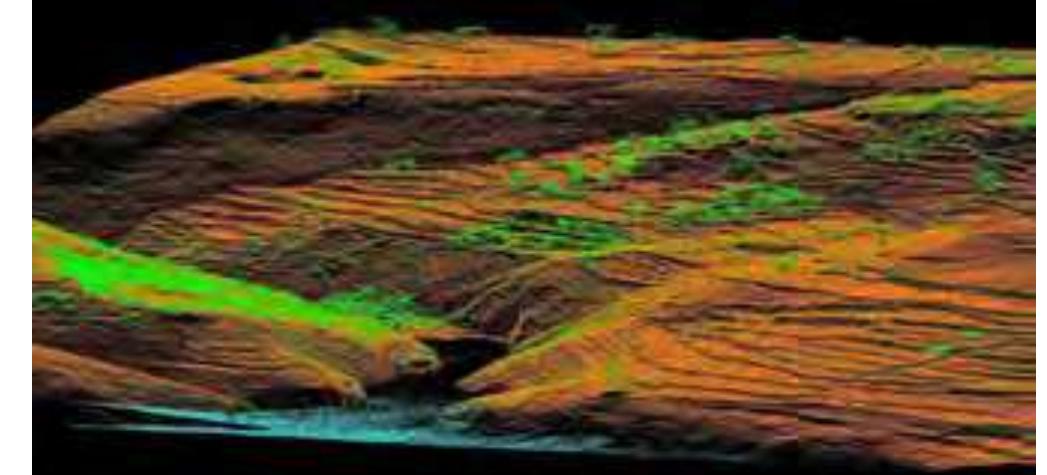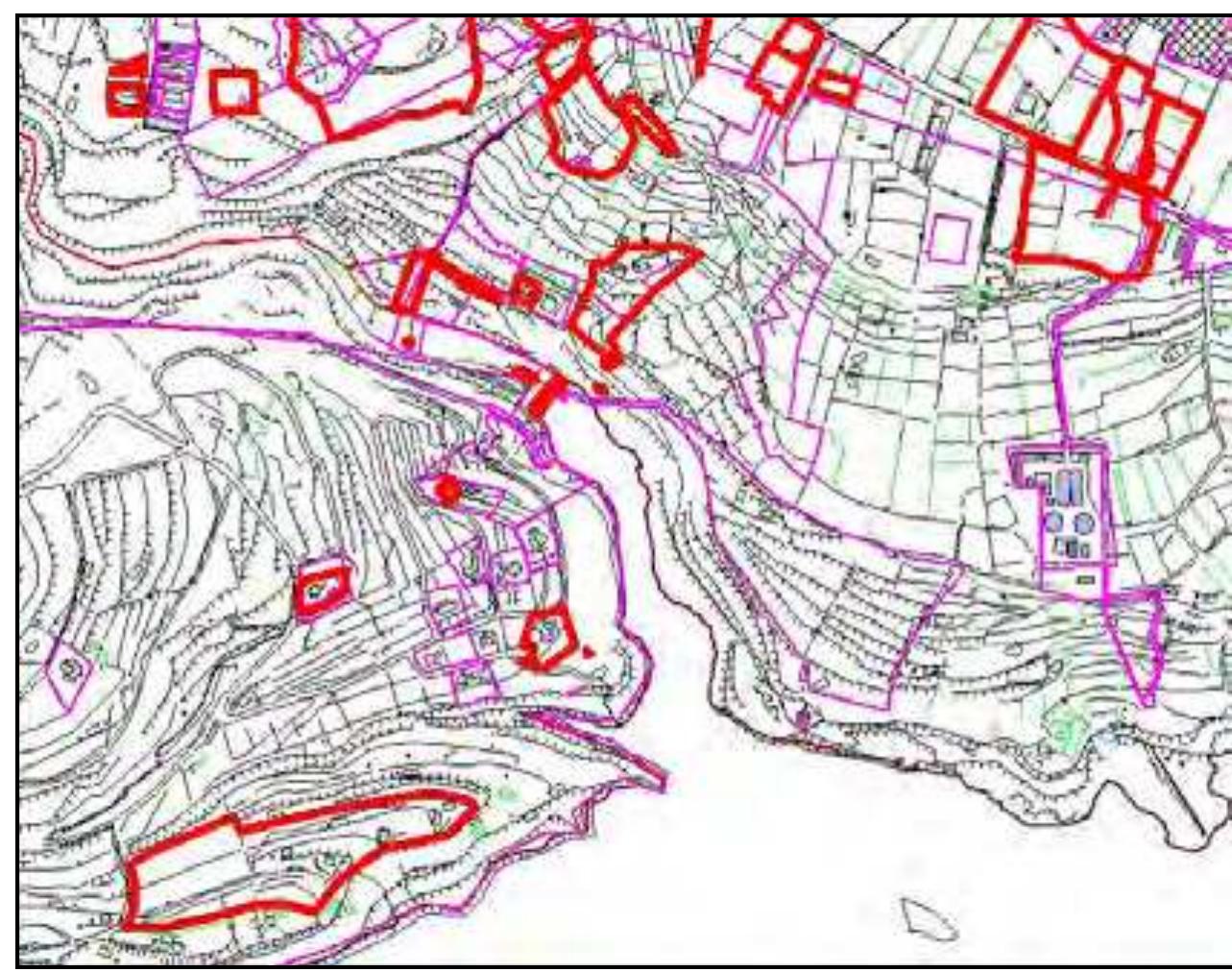Key research themes
1. How is crime spatially concentrated within urban microgeographies and what laws or regularities explain this concentration?
This theme examines the extent to which crime concentrates in specific small geographic units such as street segments or addresses, explores the temporal stability of these crime concentrations, and investigates whether there are generalizable laws governing these patterns (e.g., “law of crime concentration”). Understanding these microgeographic patterns matters for tailoring crime prevention strategies, efficiently allocating policing resources, and advancing criminological theory beyond individual offender characteristics to include place-based analysis.
2. How do urban spatial configuration and environmental design impact crime patterns and feelings of insecurity in public spaces?
This research area focuses on understanding how the design, morphology, spatial arrangement, and social functions of urban environments influence both the distribution of crime and residents’ perceptions of safety or fear. It highlights the importance of environmental criminology and Crime Prevention Through Environmental Design (CPTED) principles, investigating how morphological mapping and consideration of socio-demographic and spatial factors can reduce crime and enhance urban safety at multiple scales.
3. How can Geographic Information Systems (GIS) and spatial data analytics enhance crime pattern analysis and inform crime prevention?
This theme explores methodological and technological advances in crime mapping and spatial analysis enabled by GIS, focusing on integrating diverse spatial datasets to detect crime patterns, understand environmental correlates, and support law enforcement decision-making. It includes the development of analytical frameworks for spatial crime data, visualization techniques, and the application of GIS for forensic purposes and crisis management related to crime.





